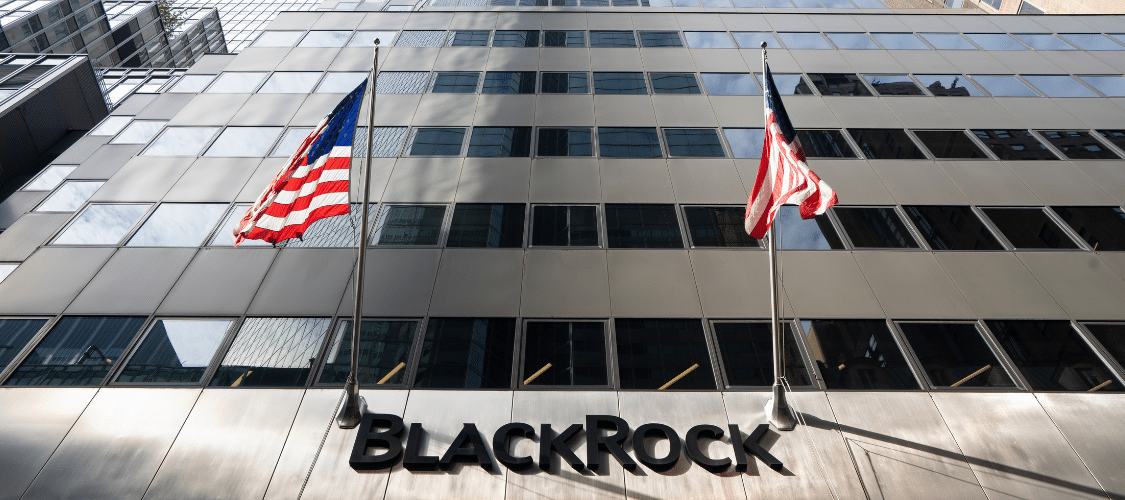The two largest offset standard-setting bodies are currently developing protocols to enable the creation of a market in carbon offsets from the emissions avoided by shutting down coal plants and replacing them with renewables. Like other voluntary carbon market methodologies, these protocols will suffer from the tendency to overestimate emission reductions. They also fail to recognize that offsets are a zero-sum game: the emissions benefit from closing coal and building renewables will be lost if polluters elsewhere are able to buy offsets from these retirements in order to avoid cutting their own emissions. Large scale coal retirements will require governments and financial institutions to accept that they will not be able to recoup all of their investments in coal plants, and will require large-scale support for the rapid deployment of sustainable power.
A variety of coal retirement mechanisms (CRMs) have arisen in recent years. (1) The most common proposed model, especially for plants in Southeast Asia and Pakistan, is to bring in public, private and philanthropic funding to purchase power plants; run them for long enough to allow the buyers to get paid back (but for less time that they would have operated under their original owners); and then to shut them down.
For a variety of political, legal, energy security and financial reasons these CRMs have had little success. The failure of governments to provide sufficient concessional finance is one significant reason. Multilateral development banks, governments, private banks and investors and foundations — strongly supported by the global carbon offsetting industry — have turned to the sale of carbon offsets, termed “transition credits”, as the silver bullet to close the funding gap in these deals.
The theory behind the transition credit model is that an exact calculation can be made of the tonnes of CO2 emissions avoided by closing a coal plant early and replacing its power with clean generation. Each of these tonnes would then be designated as a transition credit. Governments and companies with emission reduction targets would then buy these offsets as this would be cheaper than cutting their own emissions. The payments would go to the joint venture company established to buy the plant and retire it.
Creating a commodity out of thin air
Most buyers of offsets require them to have been approved by a small number of mostly non-profit “registries”. These offset registries develop protocols for numerous different project types, and then evaluate the projects’ compliance with these methodologies. The two biggest registries — Verra and the Gold Standard — have recently closed public consultations on offset protocols for projects that shut down coal plants and replace at least some of their power with renewables, while paying for a just transition for workers. (2)
The two protocols differ on some key issues. These include the relationship between the coal closure and any new renewable generation, and which projects are eligible to be considered as renewable. The differences also include the key issue of how to demonstrate “additionality”, in other words how to prove that the coal plant is only being shut down — and the renewable power only being deployed — because their owners are able to generate income from offsets. (3)
Nothing is as hard to predict as the future
The most significant problem with these methodologies, however, is not what they say, but what they don’t. Neither addresses the inherent flaws of avoided emission offsets. Decisions on whether projects are additional and how many offsets they should generate are based on unprovable counterfactual storylines. The chosen storyline must include issues such as exactly when the plant would have shut down without the offset-funded retirement mechanism, what capacity the plant would have operated at in the years up to its closure, and what type of generation would replace the coal plant for the years over which offsets are sold. And these assumptions will need to be made for a decade or more into the future. (4)
Both proposed methodologies assume that in the absence of offset income, existing coal plants would continue to operate until the end of their power purchase contracts or until they are no longer financially viable as projected under current assumptions. (5) But falling costs for renewables and storage are continuously altering the economic and technical rationale of keeping coal plants open, and changing economics, government policies and investor preferences may lead to contracts being renegotiated if they are seen as onerous and against the public interest.
Pakistan, for example, has imported a stunning, and completely unexpected, 30 GW of solar panels since 2020, higher than the total capacity of the country’s coal and gas plants. These thermal power projects are now often not needed for long stretches of time. It is possible that some of these plants will be closed early for economic reasons, without any need for offset income. No consultant writing up a storyline in 2020 for a coal retirement in Pakistan could have guessed the status of the country’s power sector in 2024, never mind in 2030 or beyond. (6)
A global shell game
Another key issue is that even if it were possible to ensure that transition offsets represented real emission reductions from coal retirements, they would not represent real emission reductions globally. The buyers of offsets – such as Shell Oil, the world’s largest purchaser – buy them specifically to reduce pressure from the public and regulators to reduce their own emissions. (7)
Avoiding climate disaster will require the early retirements of many hundreds of coal plants. Pushing offsets as a silver bullet for facilitating these closures is an unwise distraction. The public development and export credit agencies and private banks that own many of the coal plants built in recent years (8) should accept that they may never be fully repaid for the plants in a carbon constrained and increasingly renewable world, and should cooperate on early closures. Governments and financial institutions must also focus on helping facilitate the rapid acceleration of renewable energy deployments and grid upgrades — without which coal closures will never happen at the scale needed — and supporting displaced workers and impacted communities.



